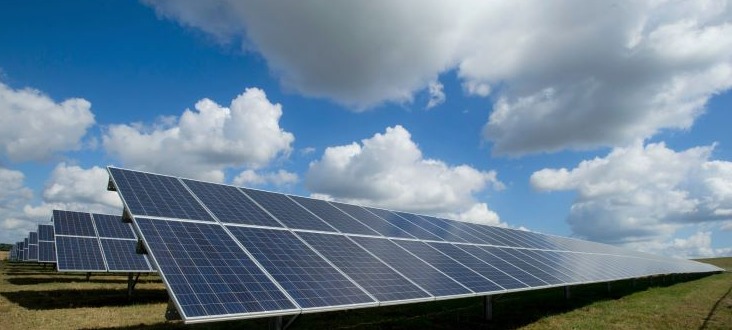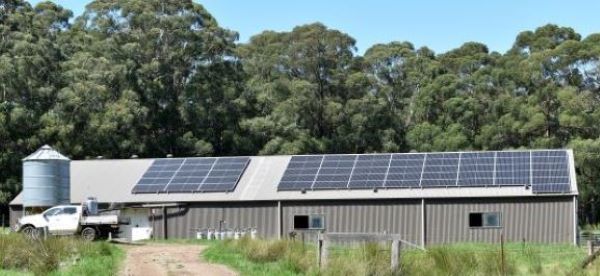Solar

Energy created by the heat and light of the sun is called solar energy.
Solar photovoltaics are one of the clean energy technologies most commonly used in Australia. Solar photovoltaics, or PV, involve the collection of solar radiation from the sun. Solar panels and other types of PV systems are composed of layers of a semiconductor material - usually silicon. When light from the sun shines on this material, photons in the incident light break electrons free from their atoms. When these electrons are 'collected' they generate a direct current (DC). This direct current is fed into an inverter, which converts it into an alternating current (AC). You can then plug electrical appliances directly into a wall socket and utilise the AC electricity.
Anytime the sun is shining on a solar PV system, it is generating energy. The fuel, sunlight, is free; you don't have to rely on fuel deliveries and you're not exposed to fuel price fluctuations. However, PV systems generate less power on cloudy and rainy days and no power at night. PV panels must also be free from shading as this negatively impacts performance. See the Energy Storage page to find out more about pairing intermittent renewable generation, like solar PV, with storage.
An example of agricultural land being used jointly for generating energy with solar PV and grazing livestock can be found in the DPIRD Energy Efficiency pilot project's Farrer Agricultural High School feasibility study.
Solar thermal is another type of solar technology and involves converting sunlight into heat. An example of a common solar thermal technology is a solar hot water system.
